Product management has become a highly-demanded profession over the past couple of decades. Though product management has been around for much longer than that, the rise of digital products has especially created the need for efficient and dedicated product management teams within companies.

Product management is a bridge between the strategy and execution of product development. It involves everything from the start to the end of developing a product, including initial research, user interviews, developing a product vision, and constant iterations well after the product launches to market.
In this guide, we’ll discuss product management and its role in organizations today. We’ll talk about what a product manager does, the product development lifecycle, the importance of stakeholder management in the product management profession, and more. Let’s jump in.
Product management is the process of overseeing and guiding the development, launch, and growth of products, ensuring that they align with user needs and business objectives.
Though digital products make up a big chunk of the product management profession, product management doesn’t only apply to online or software products. Physical goods also need product managers — think of things like wireless headphones, cars, and clothing lines. They all need product management too — making sure that the products align with customer needs and expectations, as well as changing trends.
Successful product management organizations take time to develop customer-centric products that solve real problems users are facing. They use product metrics and KPIs to guide decisions on how to improve the products or what to do next. The most successful companies use data to guide their product development process, making the difference between delivering an OK product and delivering a great product.
Product managers play a vital role in the success of a company’s product. Their role involves understanding customer requirements within the bigger picture of the product vision and business objectives. Ultimately, their job is to help manage a streamlined product development process that delivers a well-crafted product to their users.
Although a product manager’s daily tasks differ based on their specific industry, the fundamental duties remain constant. In general, a product manager’s responsibilities fall into four categories:
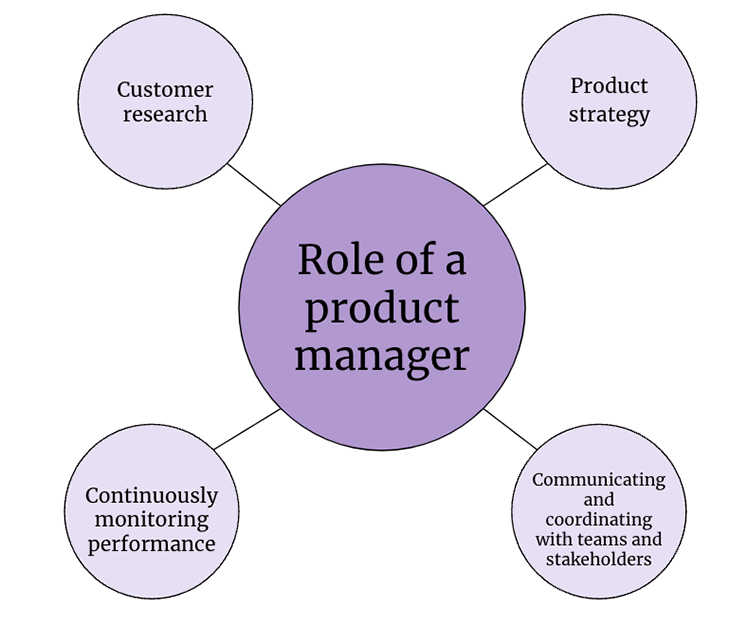
The heart of successful product management is a deep understanding of the customer. Product managers are a bit like detectives, constantly in search of valuable insights that shape the product’s direction.
Conducting interviews and surveys, as well as using data analytics to understand what customers want is what the research phase is all about. This guarantees that teams build a product that meets customers’ requirements and anticipates their future needs. The process requires curiosity, a dash of empathy, and a relentless pursuit of customer satisfaction.
Product strategy translates the knowledge from customer research into a comprehensive plan that aligns with the company’s overall objectives. This involves defining the product vision, setting goals, and outlining the product roadmap that specifies the sequence of product releases.
Each decision made is a careful balancing act, considering customer needs, the overall business, and whether or not the team can make it happen.
A product manager usually sits close to upper management. In smaller companies, they often report directly to the CEO. This is because PMs play a pivotal role in coordinating between various teams and stakeholders.
From engineers to marketing teams, from salespeople to upper management, product managers make sure that everyone is on the same page about the products they’re creating.
Products evolve and shift over time, often responding to the real-time needs of the customer. Once the product is on the market, product managers have to make sure the product grows, adapts, and thrives in an ever-changing market landscape.
To monitor product performance, product teams typically set metrics and KPIs early. By deciding how success is measured, it’s easier to watch the product progress, celebrate milestones, and also identify areas where it might need a little extra help.
It’d be hard to manage products without having a blueprint for product development. This is where the product development lifecycle comes in. Though organizations may call each phase slightly different things, in general, the stages are:

Ideation is a fun and collaborative stage that usually involves a lot of brainstorming sessions. Ideas can come from anywhere — customers, industry trends and research, competitive analysis, and even internal teams.
Once the ideas are refined, the product team discusses the feasibility of each one. Can our engineers build this? How many resources will it take? Is this a real problem that users need solved? How would we price it? All of these factors are important for building a product that actually solves a market need and moving forward into additional research.
This comes after the ideation stage and builds upon the initial questions asked earlier. This is where the ideas become tangible. The process in the conceptualization phase helps validate whether the concepts are worth developing and likely to produce value for the end user.
The two primary ways to go about this are by prototyping and by performing testing and analysis.
A prototype is a simple visualization of the product to test the concept. Product teams can refine and validate designs with prototypes to ensure that their ideas for a product are something a user will use, and all of this is done without wasting a lot of time and resources.
Testing and analysis will give teams a bit more data. There are tons of great ways to test and analyze ideas, including surveys, A/B tests, focus groups, and more. Essentially, the data is gathered and summarized to see if the product is valuable in the eyes of customers. Lots of product teams fall prey to building products that they think are a great idea, but that customers may not be as excited about. This is where testing and analysis is crucial.
Once testing and analysis conclude and the team has a better idea of what they’re building, it’s time to begin designing and planning.
The design step is critical to make sure that everything is squared away and that a proper roadmap is being laid out. Again, a good foundation helps you ensure your team builds the product in the right way.
This is the time to get the product team’s hands dirty. Collaborating closely with the engineering team, the product team oversees the development of the product, ensuring it aligns with the product roadmap and meets the defined user requirements.
The product team coordinates with different teams to solve problems and make decisions, acting like the glue that keeps everyone together. Once a minimum viable product (MVP) is ready, it’s tested rigorously for bugs and usability issues. Think of this phase as a dress rehearsal before the main show.
Finally, this is where the product comes to life and is ready to be introduced to the world. But it’s not just about celebrating; it involves careful planning and coordination with marketing, sales, and customer support teams to ensure a smooth launch.
The product team’s responsibility is to oversee the development of marketing strategies, sales plans, and support documentation. A successful launch will help set the stage for the rest of its tenure.
Just because the product launched doesn’t mean the process is over! If that were the case, product teams wouldn’t have much work to do after their products hit the market.
Post-launch, the product enters the lifecycle management phase. Here, the team monitors the product’s performance, gathers customer feedback, and iterates on the product based on what they find.
It’s a cycle of measuring, learning, improving, and repeating. During this phase, it’s important to explore opportunities for new features and updates, therefore keeping the product relevant in the changing market landscape.
In product management, it’s typical to need buy-in from people on other teams, higher up in your company, and even external to the business. As a result of this, having effective communication channels and knowing how to manage stakeholders is very important to a successful product management organization.
The general idea of stakeholder management is relatively straightforward. Keep people around you happy and on your side. Be honest when you need to, and don’t be afraid to say no if it means you won’t be wasting precious time and energy on unimportant things. This is where effective communication is crucial.
Over-committing yourself or your team can disrupt more than just the people in your immediate circle. Be honest and explain to the stakeholder what you are currently focusing on, how expensive the tradeoff would be, and your reasoning behind the decision. Effective communication is all about getting to the point and not wasting time. As a result, the stakeholder should feel heard and respected even if you don’t decide to take their advice or go with their suggestions.
Stakeholder management also isn’t something you do once in a while. It happens all the time. Being receptive to feedback, keeping an open mind, and maintaining a positive attitude are all ways to ensure successful stakeholder management.
Just like how over-committing yourself or your team can disrupt more than just your immediate circle, the same thing can be said about communication practices. Having poor communication can cause a ripple effect, leading to confusion, frustration, and lack of alignment. Successful product management requires open communication in a way that works for everyone. Whether that means asynchronous vs. synchronous communication or the platforms the team communicates on, the complexities of product management require effective, constant collaboration and communication channels.
Mastering stakeholder management and communication is just as crucial as having a firm grasp of the technical and strategic aspects of product management.
There are dozens of tools and frameworks to help navigate the complex world of product management. They also vary by category: strategy, prioritization, product discovery, research, and more. We’ll discuss these at a high level.
Strategic frameworks help guide the decision-making process related to the product’s strategic direction. It helps product managers align the product’s journey with the overall goals and vision of the company, while also taking into consideration market trends, competitive landscape, customer needs, and the organization’s capabilities.
A few common strategic frameworks in product management include:
This is a simple yet powerful framework used to understand the strengths, weaknesses, opportunities, and threats related to a product:
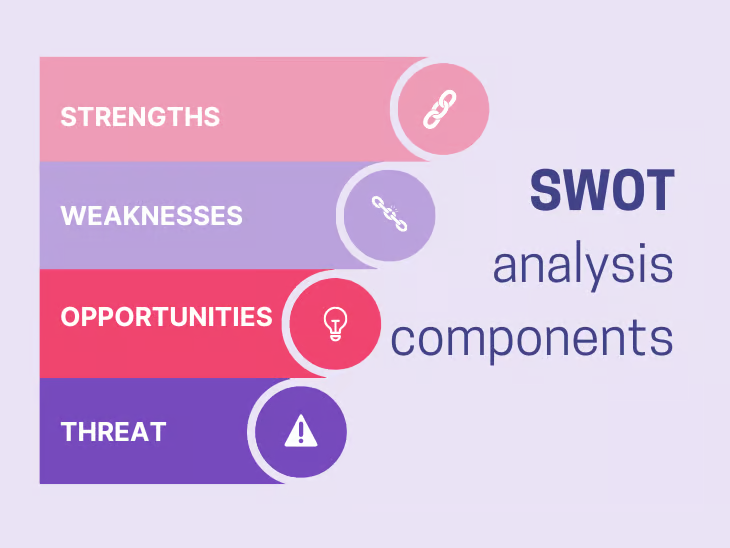
This model analyzes an industry’s structure and competitiveness. The five forces include rivalry among existing competitors, the threat of new entrants, the bargaining power of buyers, the bargaining power of suppliers, and the threat of substitute products or services.
Understanding these forces can help product teams develop strategies that enhance their product’s competitive position:
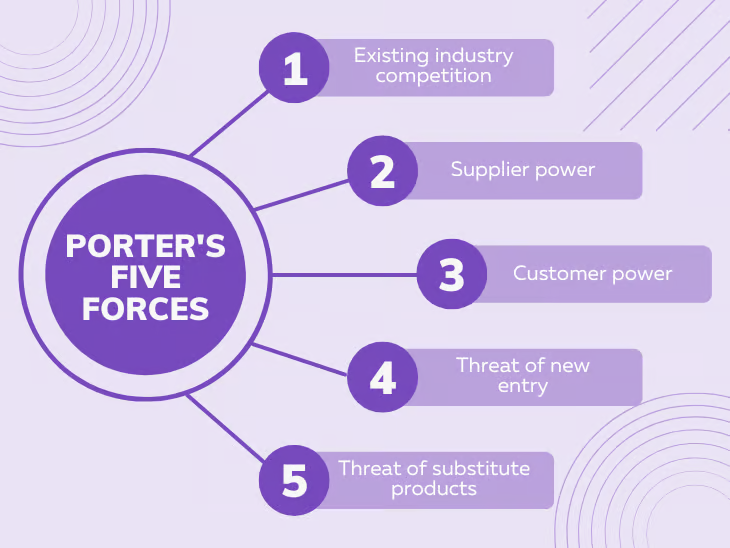
This is a theory of product development and customer satisfaction, which classifies customer preferences into five categories: attractive, one-dimensional, must-be, indifferent, and reverse.
The Kano model can help product teams prioritize features based on how much they will increase customer satisfaction:
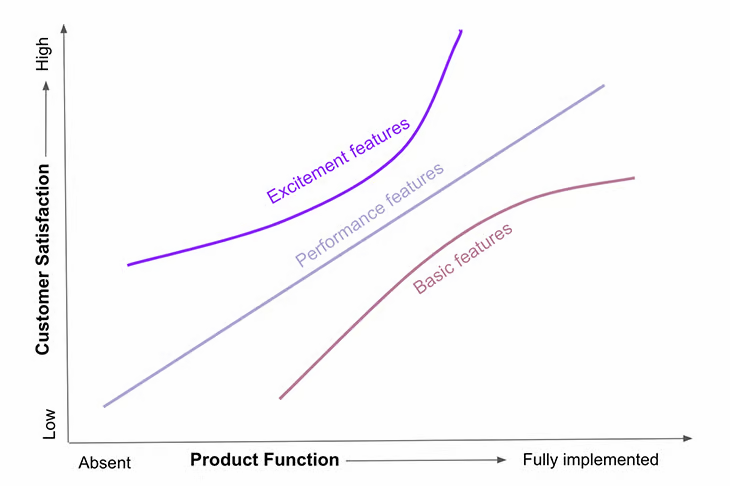
Prioritization in product management involves deciding which features or product improvements should be developed first. Prioritization frameworks provide a structured approach to making these decisions. A few common ones are:
The RICE method takes into account four factors: reach, impact, confidence, and effort. Each factor is scored, and then the scores are combined to give a total RICE score:
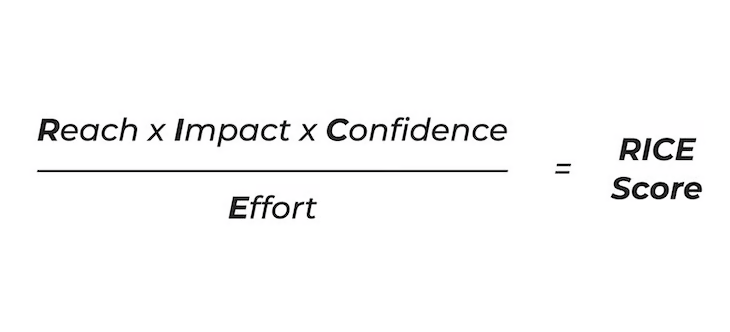
This enables the framework to be applied consistently across even the most disparate ideas, allowing for greater objectivity in the way you prioritize.
This is a simple, straightforward prioritization technique where features or tasks are divided into four categories: must have, should have, could have, and won’t have. This method helps teams focus on what’s absolutely essential to the product’s success and what can be considered later (or not at all):

The Eisenhower Matrix is a time and task management tool that helps individuals prioritize their tasks by considering two factors — urgency and importance:
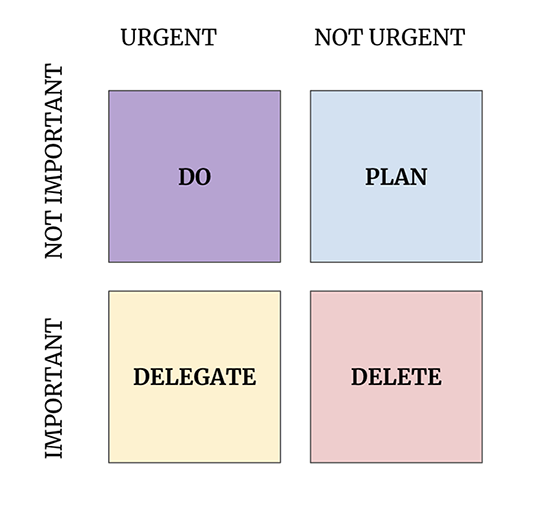
This helps product teams focus on the most important tasks and avoid being overwhelmed by urgent but unimportant tasks:
The product discovery process, as we mentioned earlier, is vast. It’s hard to suggest only a handful of tools and frameworks since there are so many out there. The goal of each of them is to give insight into customers’ needs and decide what to implement. Product discovery tools and frameworks help the product team to validate their assumptions and prioritize accordingly, minimizing the risk of failure.
The product discovery process includes techniques such as:
There are hundreds of other frameworks and tools that didn’t make it into this blog. Product management never has been and never will be a one-size-fits-all, so it’s important that product teams stick to activities and processes that align with their workflows.
To wrap up, product management is a strategic and customer-focused discipline. Product management involves the end-to-end process of developing, launching, and managing products — whether that be digital or physical goods. Good product management requires an understanding of customer needs, product strategies, coordinating with cross-functional teams, and continuously monitoring product performance.
The ultimate goal of product management is to create great products that customers love. It’s not easy, but it sure is rewarding.
Featured image source: IconScout

LogRocket identifies friction points in the user experience so you can make informed decisions about product and design changes that must happen to hit your goals.
With LogRocket, you can understand the scope of the issues affecting your product and prioritize the changes that need to be made. LogRocket simplifies workflows by allowing Engineering, Product, UX, and Design teams to work from the same data as you, eliminating any confusion about what needs to be done.
Get your teams on the same page — try LogRocket today.

Early engineering input drives smarter roadmaps, faster delivery, and more innovative solutions that meet real customer needs.

Learn how AI can help PMs plan and run workshops that drive results from preparing agendas to facilitating discussions and summarizing work.

Learn how to prepare and launch internal products effectively with real PM examples, readiness pillars, and a practical launch checklist.

Learn how to balance confidence and collaboration as a product leader while building trust, authenticity, and high-performing teams.